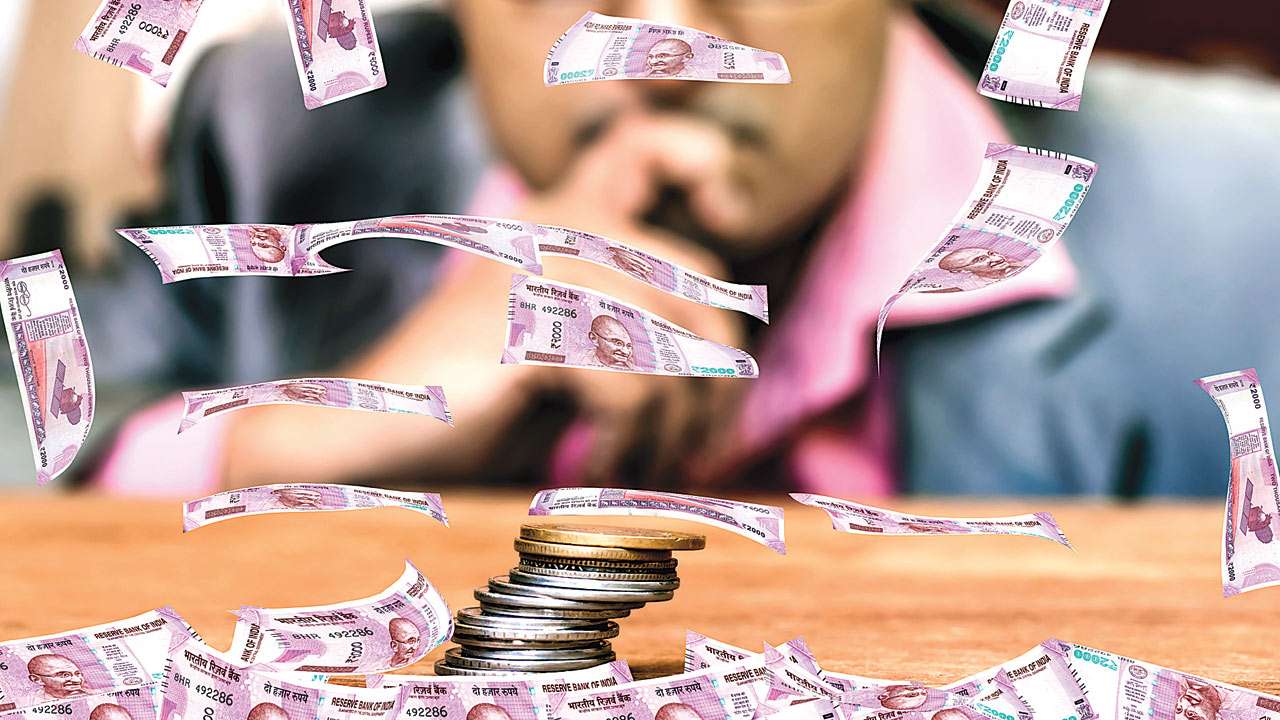
By opting for demonetization and not rampant deficit financing like the US or Japan, Prime Minister Narendra Modi, in one sweep has averted the liquidity trap and the problems that Obamanomics was fettered with.
Deficit spending certainly increases money supply, but may or may not increase growth, as was evident in Japan’s lost decades.
Demonetization on the other hand, increases the velocity of money, which means money exchanges hands more frequently within the formal channels.
Thanks to demonetization, the cumulative number of UPI transactions in August 2019 hit a record high of 918 million,with a value of Rs 1.54 lakh crore. Of this, 154 million UPI transactions were recorded in August 2019, alone.
That demonetization has made Digital India a pleasant reality, is not all.
On the fiscal front — with primary deficit currently at just 0.2% of GDP — the Modi government has, without compromising growth, reined in fiscal deficit to a mere 3.9% of GDP in 2015-16, which fell further to 3.5% each in 2016-17 and 2017-18 and of course, 3.39% in 2018-19. This is a huge improvement from the 5.7% in 2011-12 and 4.9% in 2012-13, under Manmohan Singh, who floundered between wanting to be a good economist and an astute politician, but ended up being neither.
Indeed, an area of exemplary performance has been on the external finances front and is reflected in the fact that while India’s external debt rose from $409 billion in March 2013 to $486 billion in March 2016, $514.4 billion in June 2018 and $543 billion currently, India’s debt service ratio during this period improved by leaps and bounds, from just 5.9% under an inept Congress dispensation in 2013, to a resounding 8.5% under the Modi government, as of March 2018.
The fact that as of June 2018, short-term debt as a portion of overall debt stood at just 19.19% from an extremely uncomfortable 23.6% in 2013, is indeed the best vindication of the fact that Modinomics has married high growth with low inflation without compromising on external stability.
Again, the fact that Moody’s upgraded India’s sovereign rating in November 2017, to Baa2 from Baa3, for the first time in 14 years with India’s forex reserves hitting a fresh high of $427.678 billion in the week to June 28, 2019, are all a ringing vindication of the stellar pace of work under this Prime Minister.
Numbers never lie and those who allege that the higher GDP trajectory under Modi’s first term is primarily because the calculation of GDP methodology has been changed,should know that globally, GDP is primarily calculated using the market pricing method, as it takes into account the impact of both indirect taxes and subsidies.
Also, the flimsy argument by Modi’s critics that the excellent 7% plus GDP growth seen between 2014-2019 is only because of change in base year from 2004-05 to 2011-12, is just a lot of lame hogwash as most large economies globally, including America,change the base year almost every single year and in fact, follow a “rolling year” concept.
Growth with high inflation is meaningless, as it hurts the poorest and the middle class the hardest, and indeed, it is here that Modinomics scores handsomely over a jaded and tired Manmohanomics.
While retail and food inflation hit a back-breaking 11.24% and 14.72% in 2013, eroding the purchasing power of honest taxpayers and the salaried class, under Modinomics, the average retail inflation in the last two years has consistently been at sub-4%, was a benign 3.15% in July 2019, with food inflation at 2.36%.
Of late, tepid auto sales have been the focus of the “growth debate”.While it is true that auto sales have seen a decline, one must be cognisant of the fact that India is not isolated in this case. USA, China and Japan, too, are just about emerging from the worst auto slowdown in decades, thanks to mandatory compliance with BS-VI emission norms that will take effect from 2020.
However, those who use lackluster auto sales to make their bearish case, fail to acknowledge that cement sales, a great lead indicator of an economy’s health, have been pretty healthy in the last 18 months.
Ambuja Cements, for instance, for the June 2019 quarter, reported a 51% quarter-on-quarter (QoQ) growth in earnings before interest, tax, depreciation and amortisation (EBITDA) per tonne, while ACC, another cement major, reported a 25% rise in operating profit on account of better realisations on the back of a good 7.8% growth in net sales.
It also needs to be added here that while in July and August 2019, FPIs have roughly sold Indian shares worth $3.07 billion, they were net buyers of Indian shares worth $11.3 billion, between January-June 2019, with over $223 billion coming in from overseas investors in the first four years of Modi’s first term!
Also, the recent selling by foreign investors is less due to local issues and is largely driven by global risk aversion, thanks to negative bond yields, inverted yield curve in the U.S and a 0.1 and 0.2% contraction in Germany and U.K.
Moving away from inflation, it is time to take stock of an area that has unarguably been the worst legacy of Manmohanomics — the NPA mess and rampant crony capitalism that it festered.
In sharp contrast, be it the recent relaxation of FDI norms in single brand retail, digital media,coal and contract manufacturing or whittling down the number of public sector banks from 18 to just 12,via a big bang banking consolidation, amendments to the Chit Fund Act 1982, operationalising the Benami Transactions (Prohibition) Amendment Act, 2016, the Insolvency and Bankruptcy Code (IBC) or the Fugitive Economic Offenders Act, 2018 — the Modi government has, in a little over five years, brought sweeping economic reforms to uproot corruption and wilful defaulters.
Writer is an economist, chief spokesperson for BJP Mumbai and author of best-selling book Truth and Dare — The Modi Dynamic